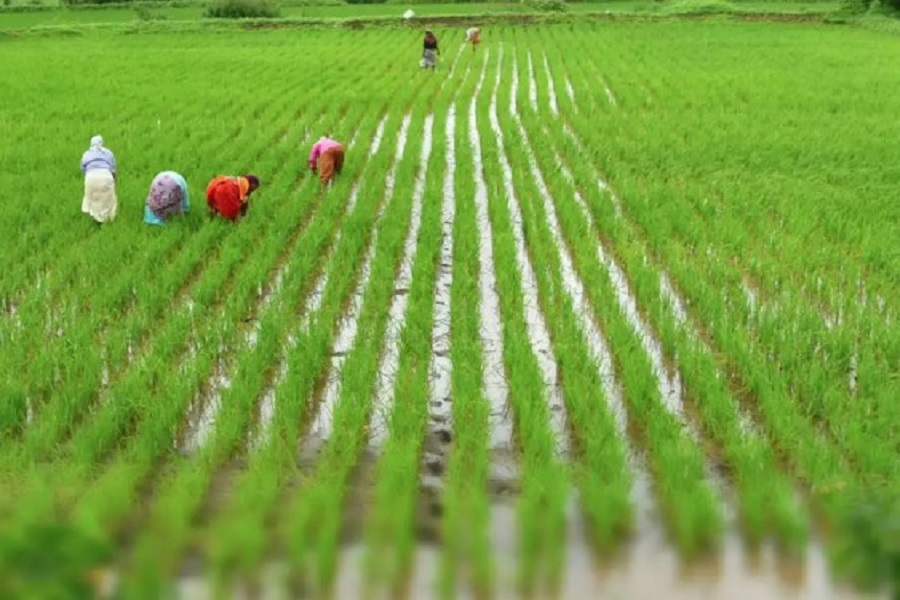India's Kharif Sowing Rises 4% on Strong Monsoon Amit Gupta, Kedia Advisory

India’s kharif crop sowing has reached over 90% of the normal 1,097 lakh hectares, registering a 4% year-on-year rise to 995.63 lh as of August 8, supported by surplus monsoon rains. Paddy acreage surged 12.1%, while pulses saw marginal gains, with urad and moong up but arhar trailing. Nutri/coarse cereals expanded 4.5%, driven by a 10.5% jump in maize, though millet acreage fell. Oilseeds declined 3.7% amid drops in soybean and groundnut. Cotton sowing fell 3.2%. Rainfall has been 6% above normal in June–July, though experts warn excess rain in September could harm yields.
Key Highlights
* Kharif sowing up 4% YoY, covering 995.63 lakh hectares.
* Paddy acreage jumps 12.1% to 364.8 lakh hectares.
* Pulses stable overall, but arhar acreage down 4.7%.
* Oilseeds acreage drops 3.7%, with soybean and groundnut declining.
* Monsoon rainfall 6% above normal; risk from September excess rains.
India’s kharif sowing for the 2025 season has shown strong progress, reaching over 90% of the normal 1,097 lakh hectares and marking a 4% rise year-on-year to 995.63 lakh hectares as of August 8, according to Agriculture Ministry data. The surge has been supported by surplus monsoon rains across most regions since mid-June, with June–July rainfall recorded at 6% above normal.
Paddy, the main kharif cereal, saw the largest expansion, with acreage rising 12.1% to 364.8 lh compared to last year. Pulses acreage stood nearly flat at 106.68 lh, with urad up 1.2% and moong up 2.7%, though arhar fell by 4.7%. Nutri/coarse cereals rose 4.5% to 178.73 lh, led by a 10.5% jump in maize, while jowar, bajra, and ragi showed slight declines.
In contrast, oilseeds recorded a 3.7% drop to 175.61 lh, mainly due to a fall in soybean (-3.8%) and groundnut (-4.1%) coverage. Cotton acreage slipped 3.2% to 106.96 lh. Sugarcane and jute planting is nearly complete, with cane at 57.31 lh and jute at 5.54 lh.
Regionally, the central belt, including Odisha, Chhattisgarh, Madhya Pradesh, Maharashtra, and Gujarat, reported a 4% surplus in rainfall, while the northwest received 16% above normal precipitation. However, east and northeast India faced a 17% rainfall deficit.
Experts remain optimistic for normal yields but caution that excessive rains in September could raise the risk of crop diseases before harvest.
In conclusion, India’s kharif sowing outlook is strong with healthy acreage gains, but September weather patterns will be crucial in determining final yields and preventing pre-harvest crop damage
Above views are of the author and not of the website kindly read disclaimer










Tag News

Cotton Report 18th December 2025 by Amit Gupta, Kedia Advisory













